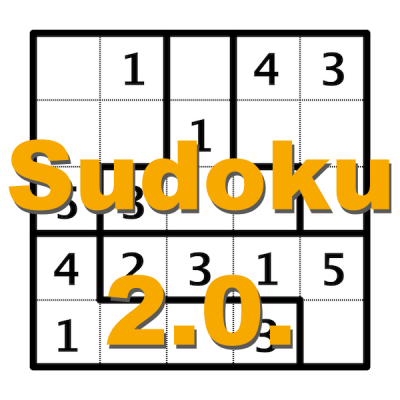In the last weeks I played around with an old generator for sudoku puzzles I developed years ago.. I cleaned up some old classes and changed the output format to a new image representation with a higher resolution that can be used for books and other printed outputs.
While testing around a new idea hit me out of a sudden: Why should we stick to the old field form?
The classic exercises come with the field of nine rows, nine columns and nine blocks. The rules of the classic puzzles is well documented on Wikipedia page about Sudoku..
Some magazines and web sites provide Sudoku boards with smaller or lagers fields. But most of them stick to classic block form. So I can’t stop to bring that idea to reality… As a result I created some new and challenging ways of arranging the blocks in a new way. And here are some of my results:
Sudoku Reloaded with new Variants and new Block Layout
Our new puzzle variants stick to rules that every row and every column has to include the digits 1 to 6 (for the field layout 6×6 here). But we provide a new way of defining the block. Every block that is surrounded by a thicker black border contains to digits 1 to 6.
But the blocks will come in many different shapes. This forces the player to find new strategies with every new layout. Some layouts could become harder to solve while other layouts are easier compared to classic exercise layout.
Have a look at the sample exercise below:
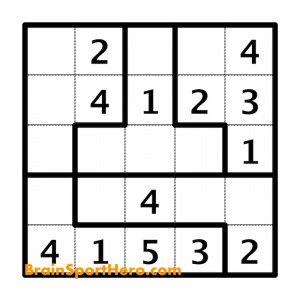
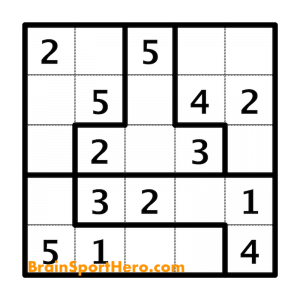
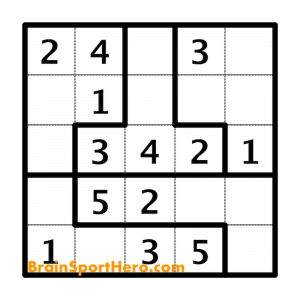
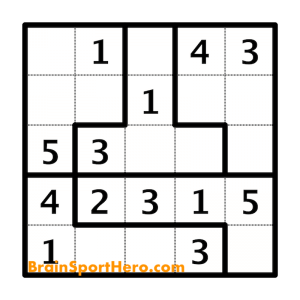
More articles about brain training and related topics
Sudoku 8 most frequently asked questions (FAQ)
